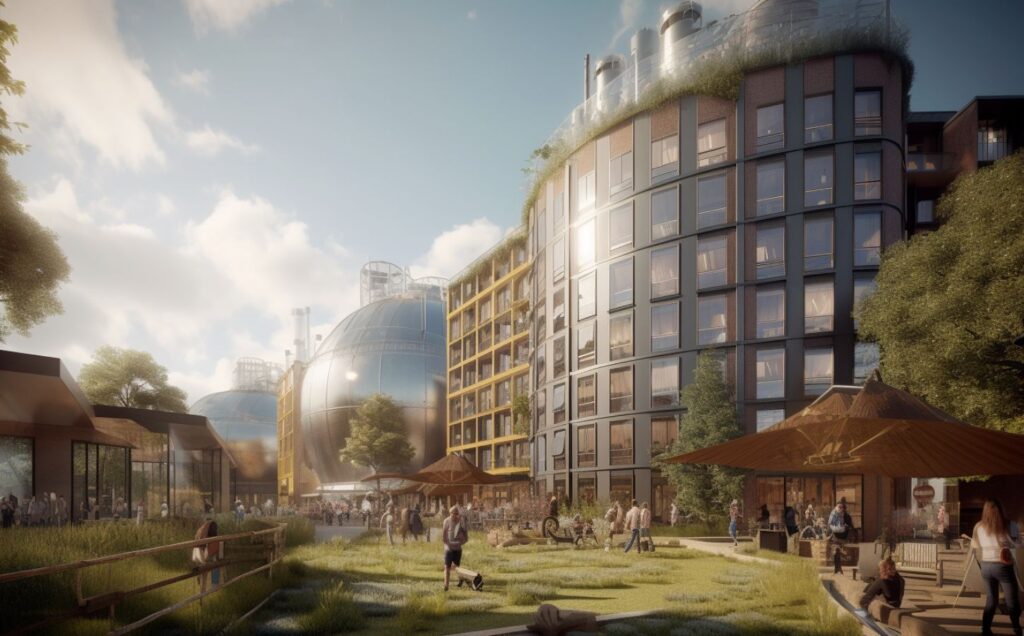Imagine we’re in the year 2033. The second half of the 2020s brought increased societal disruption from more intense storms, floods, and droughts, leading to more climate-induced immigration and conflicts over food and limited resources.
The 1.5 degrees Paris climate target is expected to be passed in the early 2030s, I suspect due to manipulative corporate greenwashing, disinformation campaigns, and political lobbying influence from animal agriculture and fossil fuel giants.
What are we doing to prevent this?
Today, food trends still show a big appetite for local and regenerative systems, even though these are largely vague and undefined terms and highly debatable. Data also shows that the corporatized Western diet will continue to aggressively permeate cultures across the globe. That is, unless changes are made now.
Studying and working in the wider conservation and nature-based solutions field for years, when the food topic is brought up, buying local has been the most pervasive and proudly held environmental action. And intuitively, it makes sense. I used to believe it and often bought from local butcher shops for this exact reason.
This approach falls apart when considering animal-sourced foods, revealing a deeply flawed environmental understanding that contradicts our well-meaning intentions.
Teaching children to cherish our planet vs. Old MacDonald’s farm
As soon as parents start reading their children books or play music, young minds are bombarded with content that promotes a bucolic, romanticized, and simplistic view of farm life. This distorted portrayal of food production impedes progress towards needed transformational food system change.
We all hold distorted ideas around animal farming. Partly due to the secrecy of confinement of treatment of animals, but also the early indoctrination of children as unsuspecting meat eaters. I’ve observed this first-hand countless times. My five-year-old daughter was offered a snack from a friend of hers at the park. She’s thrived on a plant-based diet since she was born, and now understands the age-appropriate amount on the topic to ask: “Are there animals in it?”
The friend said no. It was some pepperoni and cheese from a local market.
“The percent of children claiming that hamburgers, hot dogs, and bacon come from plants ranged from 36 percent to 41 percent. Even chicken nuggets, a food that has an animal in its name, were categorized as a plant-based food by more than a third of the children in our sample,” according to Dr. Erin Hahn and other researchers from Furman University.
The influence of Big Ag
Yet the cultural power of animal agriculture shields it from criticism and regulation. This has resulted in meat production globally increasing by almost fivefold in the latter half of the 1900s. This is the systematic result of subsidies, lobbying, marketing, funded academics, and governments bailing out conglomerates like Tyson, Cargill, and JBS. The top 10 meat and dairy companies and six largest trade associations, in the US alone, have spent over $330M just on lobbying related to the environment since 2000.
Due to this power and influence, paired with inconsistent early beliefs that continue into adulthood, now almost two-thirds of both urban and rural Americans believe that buying local food is better for the environment. This is far more than those who believe plant-based proteins are better than animal-sourced ones, according to a survey from Purdue University.
The truth behind ‘eco-friendly’ local meat
Many people who support the buy-local food narrative often ignore the fact that there are many other far larger factors than transportation that impact a product’s carbon footprint. Food’s environmental impact comes, in part, from its land use, deforestation, and methane (mostly from cattle). But other factors can impact the carbon footprint of food, too. For instance, massive storage lagoons of manure from confined animals, nitrous oxide from over-fertilized fields, and even the storage of meat and similar products, since animal-sourced foods typically require significant refrigeration. Even food waste’s impacts are dominated by animal-sourced ones.
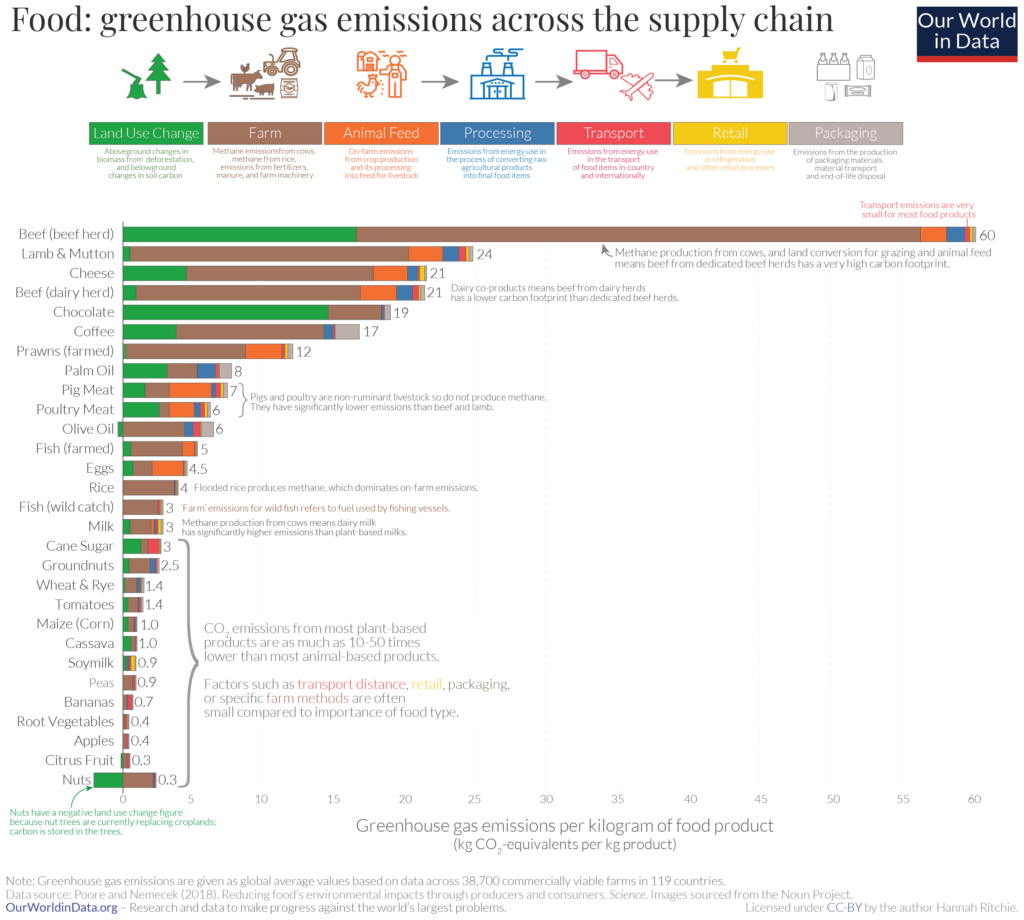
Research has also shown that transport-related greenhouse gas (GHG) emissions represent five–six percent of total GHG emissions of global food production, depending on the study method and food products considered. The notable exception where transport can indeed be used as an indicator for a product’s poor carbon footprint is food that is transported by plane. Consumers deserve far more transparency to be able to opt-out of foods that have been air freighted. But luckily, it’s only 0.16 percent of all food.
More on food miles
Another perspective of this debate was covered by a new study by Li et al., (2020). It suggested that “food miles” make up 20 percent of food emissions, which is much higher than previous studies. This study unfairly accounted for all the upstream emissions (from fertilizers to pesticides to machinery), and when accounting for only the transport of food, food miles only account for nine percent of emissions according to their methods. As Dr. Hannah Ritchie from Oxford University put it in a review of the flaws, they also assumed all fruit and vegetables are temperature-controlled, but lots of vegetables aren’t. For instance, onions, potatoes, carrots, turnips, garlic, cauliflowers, broccoli, pumpkins, squashes, and peppers.
Buying local seasonal plant foods makes sense, but it’s still important to understand what the comparison is for the same foods grown elsewhere. For example, oats, similar to wheat, are often irrigated in the US due to being grown in drier regions. On the other hand, winter wheat is rain-fed. By moving these crops to locations with more rainfall, like western New York or Pennsylvania, the need for irrigation can be reduced significantly.
So how do we increase local food security, especially in these days with increased global conflicts and trade restrictions?
National food security
The scientific consensus is increasingly showing that the animal agriculture industry, trade groups, and paid-experts can no longer deny the environmental impacts from animal-sourced foods relative to plant-based options. So instead of denying it, they are creating disinformation campaigns similar to the oil and gas industry. These often justify the expansion of animal agriculture locally to meet national food security goals.
In regions like the United Kingdom, where the capital of Scotland just endorsed the Plant Based Treaty, some are claiming that due to so much land being considered marginal and not productive for plant agriculture, then grazing for cattle and sheep is necessary. This is misinformation. This study showed that the UK as a whole could still feed the current population, with a similar amount of imports, while also allowing for significant rewilding if we shifted to plant-based diets. Dr. Joseph Poore recently showed that 232,000 hectares of land could be spared if Edinburgh shifted to fully plant-based. This would be equivalent to removing 532,000 cars off the road.
Globally, if people shifted to plant-based diets, more food could be produced and all the land held captive by ranching could be rewilded to help draw down carbon from the atmosphere. Globally, this plant-based shift could feed an additional four billion people. But also, free up three billion hectares, an amount of land equivalent to the entire continent of Africa.
Alternatively, if the Western diet continues being centered around animal-sourced foods, and this food system is continually exported to countries as they increase their income, we’d require an additional 3.5 billion hectares for animal agriculture production. This is an area roughly equal to the combined area of Africa and Australia.
Communities left behind
Yet some issues still remain, especially with global volatility over increasingly limited resources and environmental breakdown. There are only roughly 400 million people worldwide who reside in an area where enough food variety within the different food groups is locally produced to maintain their current dietary habits within a radius of less than 100 square kilometers.
Even if food waste is minimized, crop yields are optimized, and dietary habits are modified to include more efficient crop choices, only a fraction of the world’s population – less than one-third – could depend on locally grown crops to meet their food needs.
This shows that international trade and global food products, as unfair as they can be in today’s system, are currently key in meeting the food requirements of the world’s population and safeguarding food security.
What if we could create a local and resilient food system that actually could feed the world without destroying it? What if there’s a way to continue eating the same culturally enjoyed foods, without slaughtering another animal or destroying the planet?
The Future Locavore: the case for a slaughter-free local food system
Now back to the year 2033, but imagine that we not only continued in the 2020s to decarbonize our energy system, but we also transformed our food system. Instead of exporting the Western food system globally and continuing the largest human pressure on the planet, eroding all remaining wild ecosystems, preventing rewilding, and driving a sixth mass extinction of species, we innovated and rallied for positive changes.
Imagine we replicated the taste and texture that people have become accustomed to, with a fraction of the environmental footprint. All this while supporting local economies.
Imagine the world’s protein and fat coming from local breweries, occupying only the land area of a small province or state, instead of half the planet, and powered by clean electricity.
Many would say this is impossible.
But this is all underway. In fact, the US Food and Drug Administration recently gave approval to a company that creates cultivated meat. This is produced using a basic animal cell and ends up being biologically identical to conventional meat, without the slaughter.
What is precision fermentation?
Precision fermentation technology that uses yeast or bacteria to produce molecularly identical animal-free dairy or eggs also isn’t some future innovation. Ninety percent of cheese in the US market is made with rennet produced through precision fermentation.
The process of fermentation is a highly versatile method of using microorganisms to create alternative sources of proteins. For thousands of years, fermentation has been employed in the production of food. Throughout history, microbial cultures have been used by early civilizations to preserve various types of food, as well as to develop alcoholic drinks. Additionally, to enhance the nutritional benefits and digestibility of a wide variety of foods like tempeh and yogurt.
While cultivated (cell-based) meat is new, the World Health Organization (WHO) and the Food and Agriculture Organization (FAO) emphasized in a new report that cell-based foods are safe and well beyond the realm of futuristic concepts. Presently, more than 100 businesses and start-ups are working on cell-based food products that are prepared for commercialization, pending approval.
Imagine food markets and grocery stores with their own local systems for cultivated meat, similar to how many stores currently brew coffee and bake fresh bread and cakes on location. Pizza shops will have the ability to produce fresh cheese on-site using their own unique combination of molecular taste, smell, texture, and nutritional qualities.
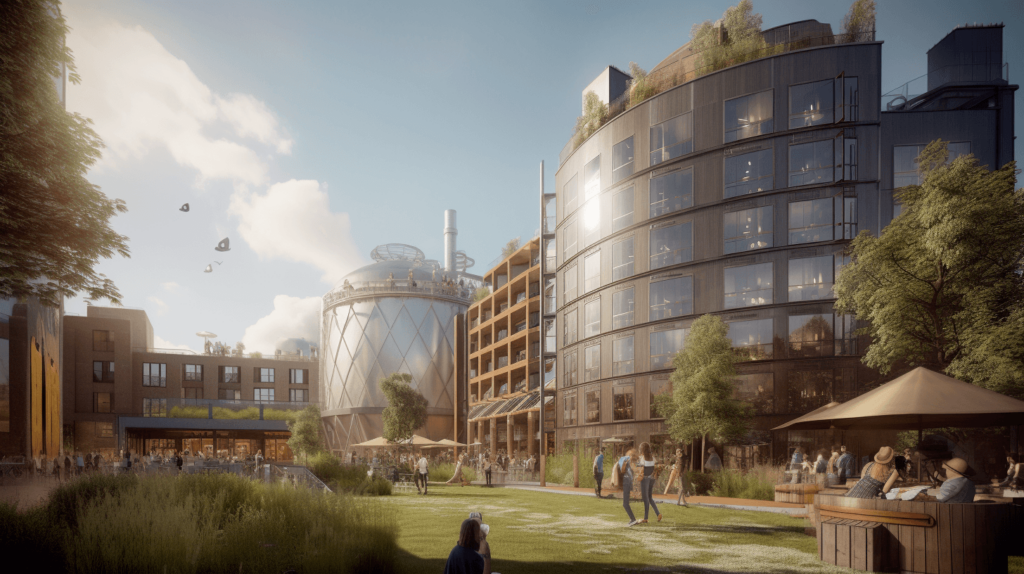
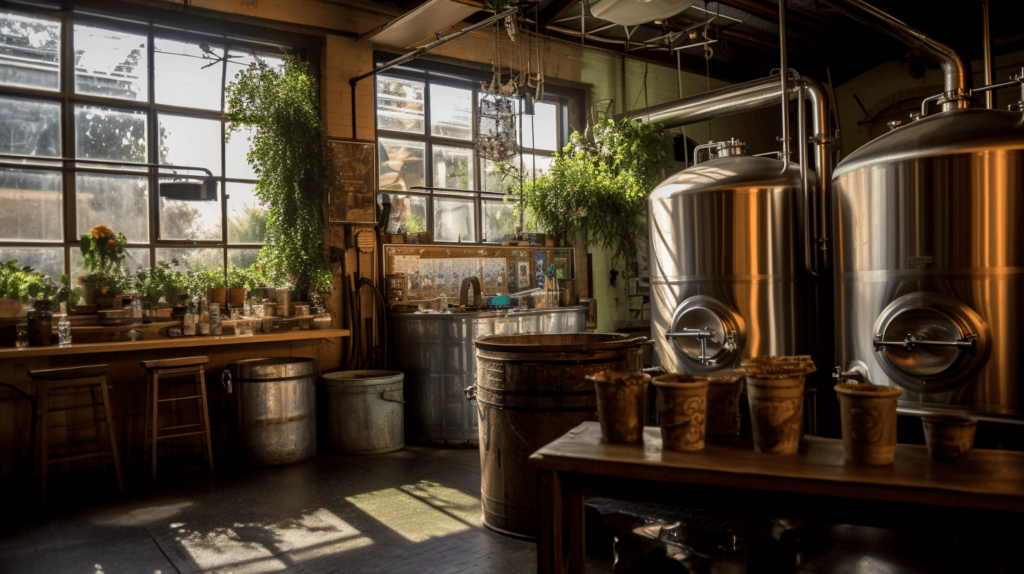
Is it realistic?
This is a convincing theory of change, although some are skeptical. The size of bioreactors alone created in different areas of the world may pose challenges. The bio-pharmaceutical industry’s largest bioreactors are around 25,000 liters. Large ones, at 100,000-250,000 liters — as proposed by Good Meat which is currently selling cultured chicken in Singapore — don’t exist yet. And they may not be possible for cell-based meat without contamination and waste. In mid-2022, they announced the engineering firm ABEC is currently building ten 250,000-liter bioreactors to try just this.
If we can create the same foods people love in terms of taste, texture, and nutritional value, except without deforestation, manure, extreme food waste with crops grown for confined animals, animal-slaughter, and a host of other environmental and ethical issues, why wouldn’t we try?
Obstacles to change
Public money will likely need to support these companies including the non-profits pioneering this effort, instead of animal agriculture. This shouldn’t be seen as a barrier; a 2021 report found almost 90 percent of global farming subsidies are harmful. Government regulations and licensing stipulations should mandate unionized work environments in cultured meat and precision fermentation labs. And, prioritize hiring skilled workers who have been displaced from the traditional meat sector.
Between 2015-2020, financial institutions gave over $478 billion to meat and dairy corporations globally. Between 2010-2020, plant-based food, cultivated meat, and fermentation companies, all of which would significantly reduce land pressures, received only $5.9 billion in investments. And that doesn’t include subsidies. Worldwide, more than US$200 billion of public money is given to farmers every year in direct transfers.
Proteins from precision fermentation produce up to 97 percent less greenhouse gas emissions, up to 99 percent less water use, according to the University of Helsinki VTT technical research centre of Finland. Other reports show these alternative proteins will be 100 times more land efficient than current animal agriculture methods. The innovative process will be 25 times more feedstock efficient, 10 times more water-efficient, 20 times more time-efficient, and will produce minimal waste. Other studies show similar environmental improvements with cultivated meat, although decarbonization of the energy system will be key.
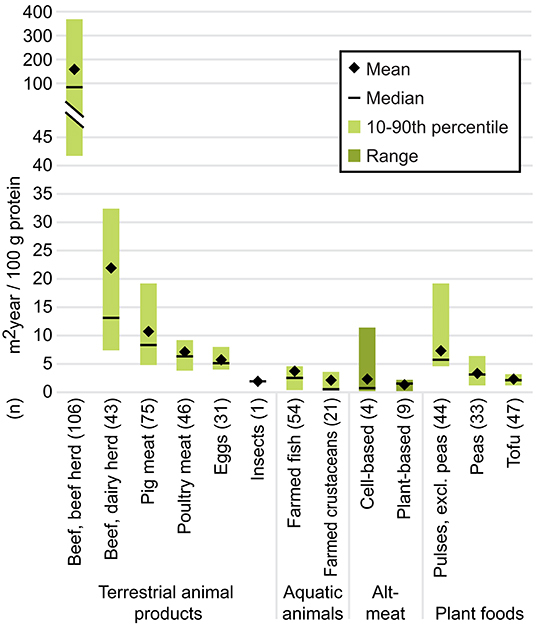
Bringing food security to more people
Decentralizing precision fermentation and cultivated meat production could bring significant benefits to remote and food-insecure regions.
“A more decentralized and resilient production model, closer to the consumer, means food production will no longer be at the mercy of geography of extreme price, quality, and volume fluctuations due to climate, seasons, disease, epidemics, geopolitical restrictions, or exchange-rate volatility. PF (Precision Fermentation) foods will also have a longer shelf life and be less vulnerable to contamination risk,” according to Catherine Tubb and Tony Seba in their report on Rethinking Food and Agriculture 2020-2030.
Since this new meat can be made in controlled environments, it could be produced in regions that lack the necessary climate and soil conditions for traditional agriculture.
Decentralized production of this new food system could finally be that piece that solves world hunger and food insecurity by providing a locally produced, nutrient-rich food source globally. This would also stimulate local economies by creating new job opportunities in the production, distribution, and sale of the product. And, finally empower regions of the world that rely so heavily on food imports to feed their population.
A golden opportunity
While this disruption and transformation of our food system won’t come without careful socio-economic considerations, and some increased innovation for scalability, the net benefits far outweigh any potential short-term burdens. It will continue to be important to understand the competition that this will bring amongst organizations, farmers, trade groups, and current dominating food-supplying countries. As such, we must actively engage all stakeholders from the outset for a just transition.
As some experts have put it, this is the greatest opportunity for environmental restoration in human history. It’s also one that can also improve health, food security, and wellbeing. And meanwhile, reduce pandemic and antibiotic resistance risks and national conflicts. Others believe we should simply advocate for whole food plant-based diets. And while this does align the best with environmental, health, and social implications, the likelihood of this drastic change from current dietary patterns is far less likely.
Shape tomorrow by acting today
Imagine in 2033, a world transformed by humanity’s collective decision to shift towards a plant-based, cultured meat, and precision fermentation food system a decade earlier. Half of the planet was able to rewild and is now showing clear signs of restoration of plant and animal species that were on the brink of extinction just a decade ago. This resurgence of biodiversity has sparked hope and reinforced the importance of living within planetary boundaries.
It all began in 2023 when a global movement emerged, advocating for a massive shift in food production and consumption patterns. The world embraced these societal and technological changes, which paved the way for a more sustainable, compassionate food system. As a result, vast expanses of land previously dedicated to industrial agriculture and livestock farming were freed up, allowing nature to reclaim its rightful place.
In this new world, rivers and streams run clear, teeming with life once thought to be lost forever. Forests, once razed for agricultural expansion, have regrown. They now provide sanctuary to countless species, some of which had been pushed to the edge of extinction. The air is cleaner, filled with the songs of birds returning to their ancestral homes.
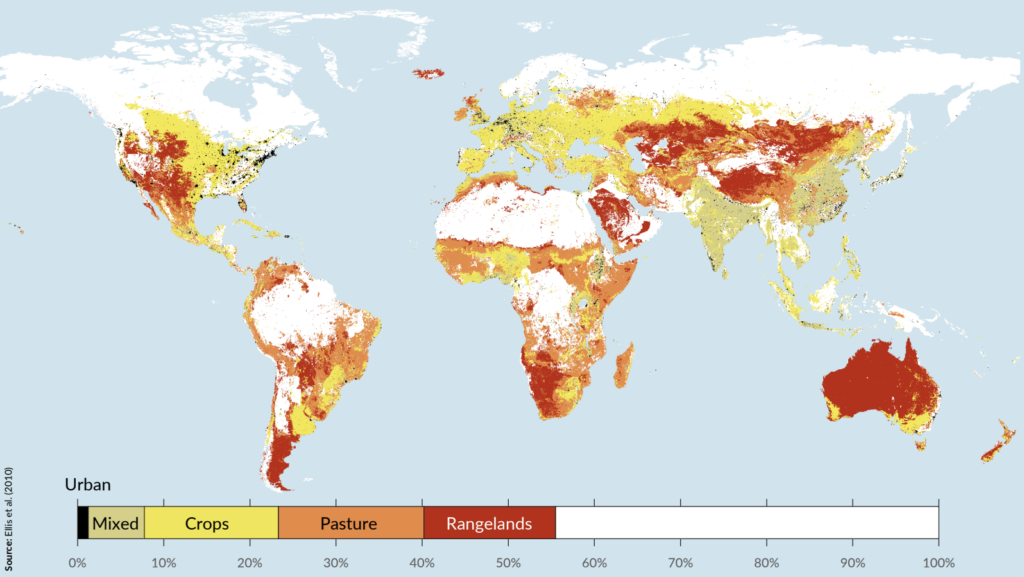
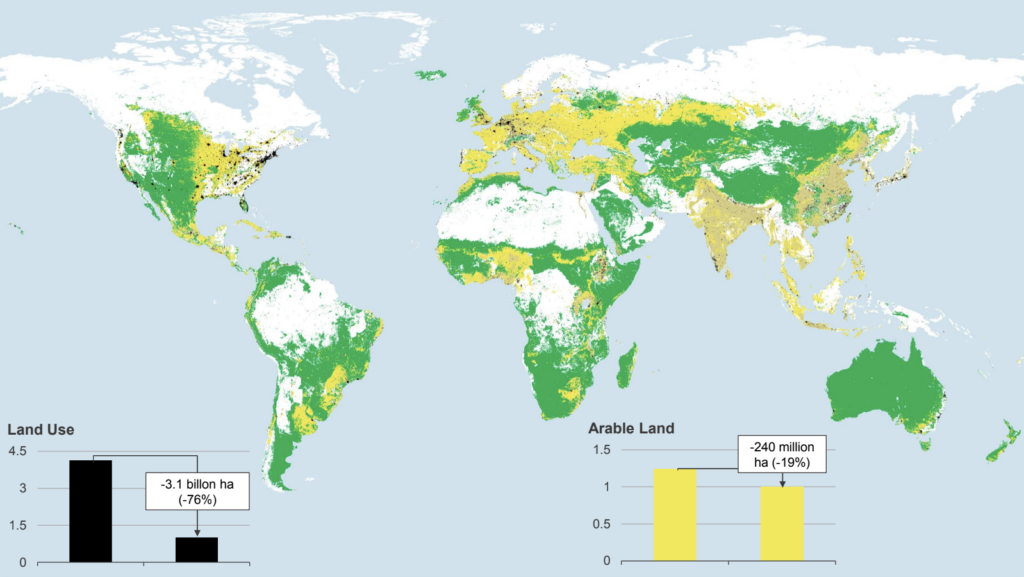
In a powerful act of restorative justice, many Indigenous communities were given their ancestral lands back, empowering them to share their wisdom and traditional practices in stewarding the Earth. And some saw this technology as fully in line with their culture. Black communities around the world received reparations for their historical displacement and oppression. This included land redistribution that reignited their connection to the earth and brought harmony and reconciliation. Neither of those were achievable to any scale without this shift.
Living in harmony with planet Earth
Communities around the globe have witnessed the power of collective action, inspired by the positive changes they see in their environment. They have come to understand the interconnectedness of all living beings and the critical role each plays in maintaining the delicate balance of the planet’s ecosystems. In turn, they have developed a newfound appreciation for the land and sea.
Children, like my daughter, grow up knowing the importance of their food choices and their impact on the world. They are taught the value of kind, local, plant-based, and cultivated foods that support the health of both people and the planet. As people walk through rewilded landscapes, they marvel at the beauty of their surroundings and the rich biodiversity that flourishes within them.
This utopian vision of 2033 serves as inspiration to humanity’s capacity to change for the better. Through innovation, compassion, and a deep respect for the Earth, we can come together to create a brighter, more sustainable future for all life on our planet. This is entirely within our reach and a clear area to start is the food we all eat.
